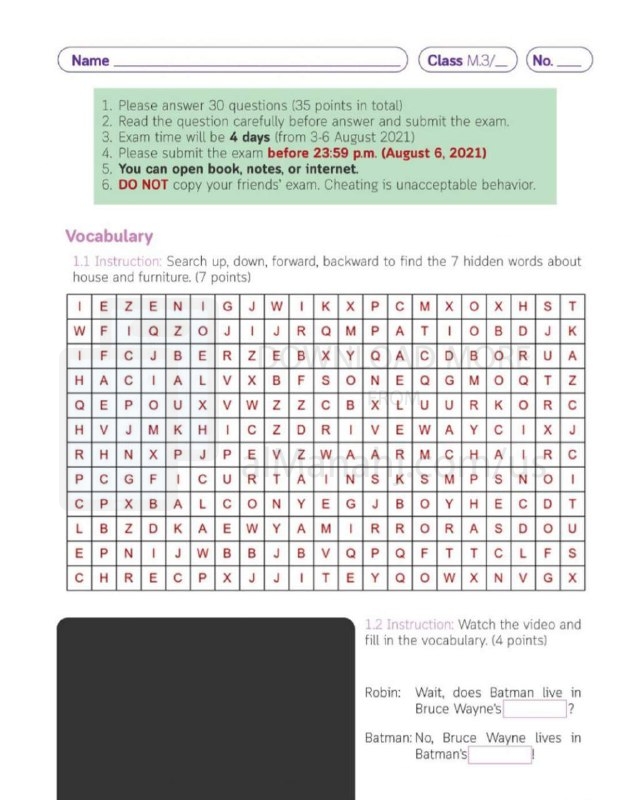| File info: Past Simple and Past Continuous are two tenses used in the English language to talk about events that happened in the past. However, there are some major differences between the two.
Past Simple is used to talk about events that happened and ended in the past. It is formed by adding -ed to the end of the verb in the infinitive. For example, "I ate breakfast this morning." (I had breakfast this morning.)
Past Continuous is used to talk about events that were going on in the past. It is formed by adding -ing to the end of the verb in the infinitive, then adding "was" or "were" before it. For example, "I was watching TV when you called." (I was watching TV when you called me.)
Past Simple and Past Continuous can both be used to talk about the same event, but they will have a different effect. For example, the sentence "I ate breakfast this morning." She tells us the breakfast event is over. The sentence "I was eating breakfast when you called." She tells us the breakfast event was in progress when she called me.
Here are some other examples of using Past Simple and Past Continuous:
Past Simple:
I lived in London for five years. (I lived in London for five years.)
I went to the park yesterday. (I went to the park yesterday.)
I played football with my friends last weekend. (I played soccer with my friends this past weekend.)
Past Continuous:
I was working when you called. (I was working when you called me.)
I was eating dinner when the phone rang. (I was having dinner when the phone rang.)
I was walking home when I saw a car accident. (I was walking home when I saw a car crash.) |
